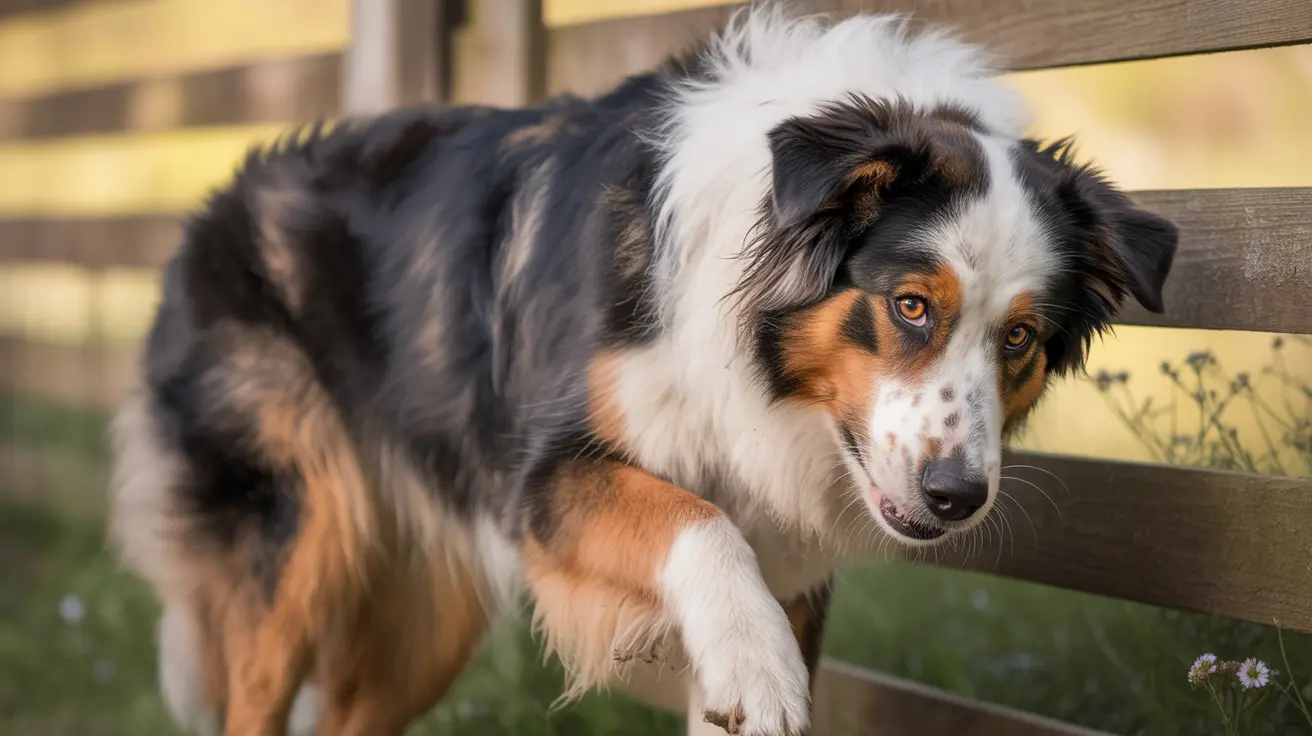Understanding Garlic in Dog Treats: Risks and Misconceptions
Dog owners frequently scrutinize the ingredients in pet food and treats to ensure their canine companions receive safe and nutritious products. One ingredient that often sparks debate is garlic. While garlic is celebrated in the human diet for its flavor and potential health benefits, its inclusion in dog treats raises serious concerns among veterinary professionals.
Why Is Garlic Sometimes Found in Dog Treats?
Despite its controversial status, garlic occasionally appears in dog treats due to claims that it:
- Acts as a natural flea and tick repellent
- Supports immune function and heart health
- Provides vitamins and minerals such as A, C, B-complex, zinc, and selenium
- Offers antioxidant properties and aids in digestion
These proposed benefits are mostly anecdotal and not universally supported by scientific evidence. Despite these assertions, most veterinarians consider the use of garlic in dog foods and treats unsafe.
Garlic and Its Toxicity in Dogs
Garlic belongs to the Allium family, which includes onions, leeks, and chives—plants known to be toxic to dogs. The danger lies in compounds such as thiosulfate and n-propyldisulfide, which can cause oxidative damage to red blood cells, potentially leading to hemolytic anemia.
Symptoms of Garlic Toxicity
Toxicity from garlic can manifest as a combination of symptoms, including:
- Pale gums
- Lethargy and weakness
- Rapid breathing and elevated heart rate
- Jaundice and dark-colored urine
- Vomiting, diarrhea, and abdominal pain
- Loss of appetite and dehydration
These symptoms may take several days to appear after ingestion, making early detection challenging.
How Much Garlic Is Dangerous?
The toxic dose of garlic is estimated at 15 to 30 grams per kilogram of a dog’s body weight. With a garlic clove weighing 3 to 7 grams, a large consumption is required for acute toxicity. However, some dogs are more sensitive than others, especially breeds like Akitas and Shiba Inus. Furthermore, toxicity can be cumulative, meaning repeated small exposures over time may still result in poisoning.
Is Any Amount of Garlic Safe?
While some sources suggest that small, calculated amounts of garlic could provide health benefits without causing harm, this is not a widely accepted practice. There’s a lack of standardized guidelines regarding safe dosage, and individual dogs’ sensitivities vary greatly. Veterinary professionals advise caution and typically recommend avoiding garlic altogether.
Risks Beyond Garlic
Many foods containing garlic—like garlic bread—come with additional health hazards due to:
- High fat content (butter, cheese)
- Seasonings and salt that upset a dog’s stomach
- Processed ingredients contributing to obesity or pancreatitis
Even garlic powder or garlic salts, sometimes used in dog treats, can be harmful over time. Puppies, anemic dogs, pregnant or nursing dogs should never be given garlic in any form.
What to Do If Your Dog Eats Garlic?
If you suspect your dog has consumed garlic:
- Contact a veterinarian immediately
- Watch for delayed symptoms like fatigue, dark urine, or pale gums
- Veterinary intervention may include:
- Inducing vomiting
- Administering activated charcoal to bind toxins
- Blood and urine tests
- IV fluids and gastrointestinal support
- Blood transfusions or oxygen therapy in severe cases
Safer Alternatives to Garlic
Pet owners looking to support their dog’s health or repel parasites naturally should explore safer, veterinarian-approved alternatives. Options include:
- Commercial flea and tick repellents certified for dog use
- Dog-specific supplements with proven benefits
- Balanced, nutrition-complete food formulated for canine needs
Conclusion: Avoid the Risk
In summary, while garlic may be included in some dog treats with good intentions, the potential risks outweigh the unverified benefits. Given the lack of clear dosing guidelines and the variability in individual dogs’ sensitivity, veterinarians agree that it is best to avoid garlic in any form. If in doubt, consult your vet before introducing any new ingredient or supplement into your dog’s diet.





